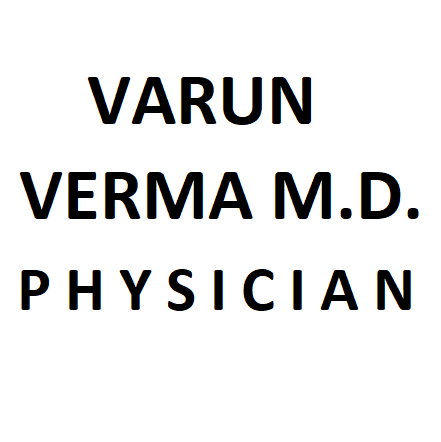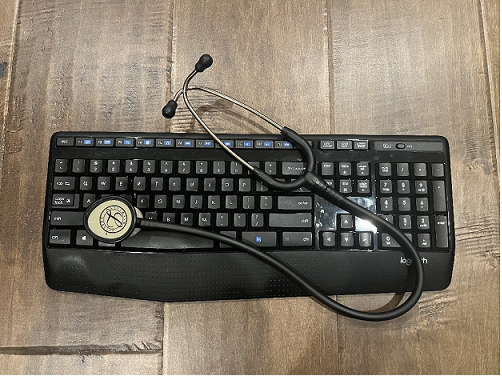Documentation burden is the time and effort that physicians spend on documenting patient care in electronic health records (EHRs). It is a major source of stress and frustration for physicians, and it can lead to burnout, decreased job satisfaction, and medical errors.
During my nearly five years as a medical director for a hospitalist group – I had to talk to a handful of colleagues who were really struggling to complete discharge summaries on time. They were busy doing the real clinical work of taking care of patients and ensuring a safe discharge from the hospital, but they just weren’t able to complete the final step and complete the medical record. This then became frustrating for outpatient clinicians since they wouldn’t have the final summary of the hospital course. One of my colleagues had 350 charts open at one point! It took them 2.5 months to catch up and complete all charts.
It is demoralizing when administrators do not support efforts to improve the quality of care for patients. Hiring scribes is a proven way to reduce the physician documentation burden and improve patient care. In my own experience as a medical director early in my tenure- when I tried to advocate for scribes – I was told by administration that scribes would have to be ‘revenue neutral.’ They wanted the doctors to take a pay cut to pay for them! Given the fact we are all humans with families and expenses I tried to explain this was not possible- furthermore many of us face a high student loan burden. The Association of American Medical Colleges (AAMC) reported that the median medical school debt among the Class of 2021 was $200,000, not including their undergraduate debt.
There are a number of factors that contribute to physician documentation burden, including:
- The complexity of EHRs. EHRs are often complex and time-consuming to use, and they can be difficult to navigate.
- The volume of data that needs to be documented. Physicians are required to document a wide range of information in EHRs, including patient demographics, medical history, medications, allergies, and test results.
- The need to document in real time. Physicians are often required to document patient care in real time, which can be disruptive to the flow of the clinical encounter.
- The lack of automation in EHRs. Many EHRs are not fully automated, which means that physicians must manually enter data into the system. This can be a time-consuming and error-prone process.
The physician documentation burden has a number of negative consequences, including:
- Decreased patient care. Physicians who are burdened by documentation may have less time to spend with patients, which can lead to decreased patient satisfaction and poorer quality of care.
- Burnout. The physician documentation burden is a major contributor to physician burnout. Burnout is a syndrome of emotional exhaustion, depersonalization, and reduced personal accomplishment that can lead to physicians leaving the profession.
- Medical errors. The physician documentation burden can lead to medical errors. When physicians are rushed to document patient care, they may make mistakes that can harm patients.
There are a number of things that can be done to reduce the physician documentation burden, including:
- Simplifying EHRs. EHRs should be designed to be easy to use and navigate.
- Reducing the volume of data that needs to be documented. Physicians should only be required to document the most essential information.
- Allowing physicians to document patient care asynchronously. Physicians should be able to document patient care at their convenience, rather than in real time.
- Automating EHRs. EHRs should be designed to automate as much data entry as possible.
By taking steps to reduce the physician documentation burden, we can improve the quality of care, reduce burnout, and prevent medical errors.
Varun Verma M.D. is a board-certified internal medicine physician, entrepreneur, patient advocate and author. He is the co-founder of Andwise.

